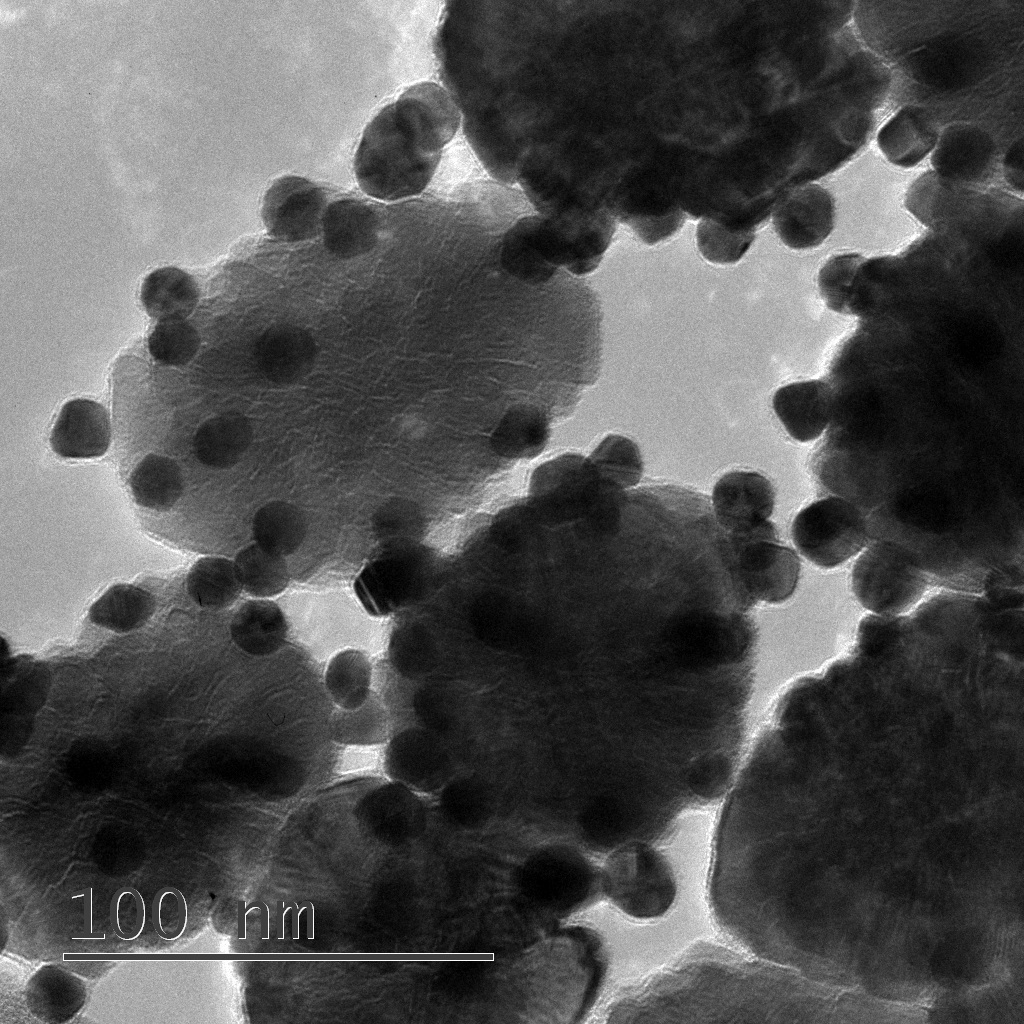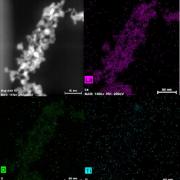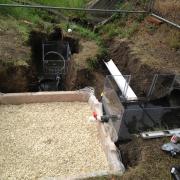
Nanoparticle Aggregation
Nanoparticles are particles that are less than 100 nanometers in at least one length dimension. The smaller size gives the particles unique chemical and electrical properties, which are exploited in a variety of consumer and industrial applications. This project looks at the fate and transport of gold nanoparticles in a variety of environmentally relevant aqueous media. In the environment, nanoparticles may attach to each other (homoaggregation) and to other particles such as natural colloids (heteroaggregation). These processes will have a dominating impact on nanoparticle behavior in natural systems. Effects of the nanoparticle capping agent and solution parameters like ionic strength and pH on aggregation are examined. Heteroaggregation is studied in the laboratory using model colloids such as silica and hematite, which represent those that are commonly found in the environment. Additionally, the role of natural organic matter (NOM) on this process is analyzed. The principle analytical instruments used include: dynamic light scattering (DLS), zeta potential analysis, UV-Visible spectroscopy, and inductively coupled plasma- optical emission spectroscopy (ICP-OES).
Funded by National Science Foundation
 Fate and Transport of Traceable Nanoparticles
Fate and Transport of Traceable Nanoparticles
One of the major challenges associated with studying engineered nanoparticle (ENP) fate, transport and toxicity is the current inability to accurately and unambiguously detect and characterize ENPs in environmental matrices. Low ambient concentrations of ENPs, coupled with high background concentrations of naturally occurring elements, make quantification in the environment extremely difficult. To address this challenge, traceable nanoparticles will be synthesized that accurately model common ENPs. These nanoparticles will be fully characterized in terms of physico-chemical properties likely to affect environmental fate and transport, and compared with the properties of common ENPs. Finally, these traceable nanoparticles will be tested in spike and recovery experiments to demonstrate the utility of labeled ENPs in the evaluation of nanoparticle fate and transport.
Funded by National Science Foundation
 Copper Removal from Stormwater Runoff
Copper Removal from Stormwater Runoff
Copper has been widely shown to be present in stormwater runoff, representing a significant source of copper to surface waters. Due to the concern of copper toxicity to aquatic organisms, there is a pressing need to develop stormwater treatment technologies capable of removing copper to very low concentrations. This project focuses on utilizing two promising adsorbents for media filtration. Apatite II™, a hydroxy calcium phosphate mineral derived from fish bone, and compost, a currently utilized adsorbent in many stormwater best management practices, were chosen as potential adsorbents due to previous success remediating heavy metals. Evaluation of the media types includes assessment of equilibrium and dynamic removal capacities, as well as an analysis on the effect of aquatic chemistry on removal characteristics. To offer a complete analysis of media types, experiments are performed at the laboratory and field scale.
Funded by Oregon Department of Transportation